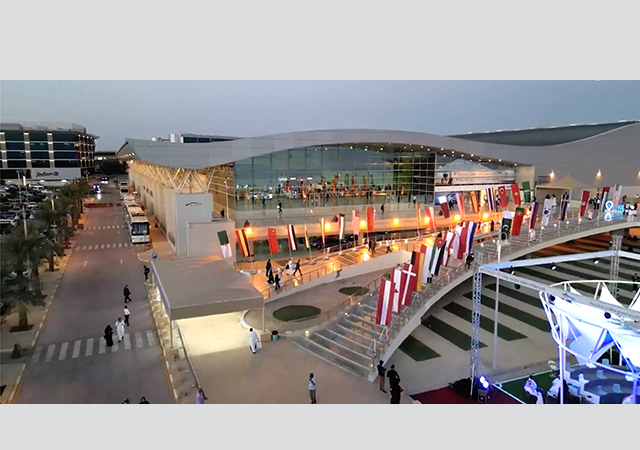
 Air-Cell insulation ... installed at an aircraft hangar roof in Amman, Jordan.
Air-Cell insulation ... installed at an aircraft hangar roof in Amman, Jordan.
AIR-CELL Building Insulation, a leading Australian manufacturer of insulation material, won a silver medal at The Big 5 Gaia awards in Dubai for its Insulbreak – an innovative three-in-one product that packs in a host of environmental benefits.
The product acts as a thermal insulation, a vapour barrier, and a thermal break, all in one single application.
“Insulbreak, which represents the latest in insulation technology from Air-Cell Insulation, is manufactured with a patented closed-cell foam structure sandwiched by an anti-glare coating on the upper/outer surface and high polish aluminium foil for the under/inner surface,” says Chris Davis, area sales manager for Air-Cell.
It delivers the thermal-break required under the Building Code of Australia (BCA) 2006 for steel-framed walls and roofs to reduce thermal bridging and conductivity between building element. Manufactured from cross-linked polyethylene, the product also affords the advantages of being a clean, safe, and fibre-free alternative to conventional fibre-based bulk insulation.
Air-Cell technical manager Keith Anderson, says its multi-purpose use reduces the amount of building material required in the construction process while saving energy. “As a three-in-one product Air-Cell Insulbreak not only reduces carbon emissions associated with cooling and heating energy, it also saves time and materials in the construction process. And aside from the obvious energy reduction benefits, Insulbreak also reduces freight and transport emissions as well as on-site storage and handling requirements when compared to conventional bulk insulation as it is a low-volume product with an ultra-thin profile,” he says.
Insulbreak is also non-allergenic, does not use water in its manufacturing process and does not contain toxic chemicals such as formaldehyde or any other volatile organic compounds (VOC). Commonly used in a wide range of steel-framed applications such as commercial warehouses and offices, factories, aircraft hangars, and residential buildings, Insulbreak significantly lowers energy use by reflecting up to 97 per cent of radiant heat while providing a thermal-break resisting heat conduction through the steel frames.
Thermal performance:
Specifications
Air Cell is a low-volume, high-performance insulation medium that combines the technology of reflective air spaces with the conductional resistance of either a closed cell foam structure or an encapsulated air cell structure.
“Wrapped up in an ultra thin fibre free material, Air Cell has been developed to replace the use of both conventional fibre-based insulation and vapour barrier products all in the one application,” he adds.
It works by first reflecting up to 97 per cent of radiant heat away from its surface. The small amount of heat absorbed is then further reduced by the conductional resistance of the air cell or closed-cell structure, significantly improving the energy efficiency of a building.
The Air Cell insulation products are designed not to be affected by moisture or humidity and excel in high and low temperature building applications.
“Being fibre-free and containing no volatile organic compounds (VOCs), Insulbreak poses no health risks. It is also rodent-resistant, waterproof and antibacterial, making it ideal for hospitals and food outlets,” says Jim Malek of Air-Cell. An added advantage is that Insulbreak is reusable – it can just be rolled off from one application site and used on another, he says.
The product is offered in three varieties: Insulbreak 40F, which is 4 mm thick; Insulbreak 65F, which is 6.5 mm thick; and Insulbreak 80F, which is 8 mm thick.
Although launched in the region just a year ago, the product has received very encouraging response. “We have captured around 50 per cent of the labour camps market in the UAE, as well as several other projects in the country in addition to projects in Qatar, Saudi Arabia, Jordan and Iran,” he adds.
Some of the interesting projects where Insulbreak has been used are an aircraft hangar in Jordan and a military base in the UAE.
The product has proven its performance and ease of installation at the enormous aircraft hangar, according to the company.
“Air-Cell Insulation’s flexible and malleable characteristics allowed installers to shift and shape the long lengths of material down the curved roof pitch for best fit, while its ease of installation ensured that tight project timelines were not compromised,” he says.
According to a spokesman for the company, some of the major benefits cited for the product at the hangar project in Jordan are:
• Advanced thermal performance;
• Reflection of up to 97 per cent of radiant heat;
• Being up to 10 deg C cooler inside;
• Quick and easy to install;
• No support mesh required;
• Flexible and malleable to suit any structure;
• Waterproof and not affected by humidity; and
• Fibre-free non-allergenic, non-itchy.
Air-Cell’s activities in the export arena have earned it Australia’s Master Builders Association award this year for the fastest growing export company in Australia, thanks to the Middle East absorbing much of its exports.
It is also independently certified by Dubai Central Laboratory. Air-Cell Insulation is headquartered in Perth, Western Australia, while its trading partners/distributors in the region include Samir Abbas General Trading in the UAE, Jordan Pioneer in Jordan and Gulf Knight in Qatar.
It will soon appoint an agent for Bahrain and is looking for distributors in Saudi Arabia, Kuwait and Egypt.


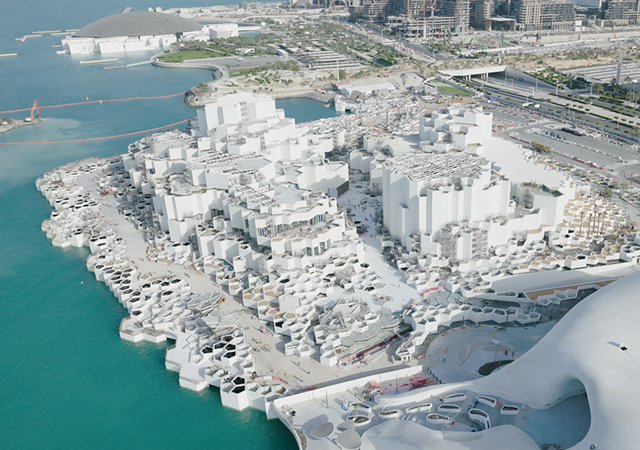

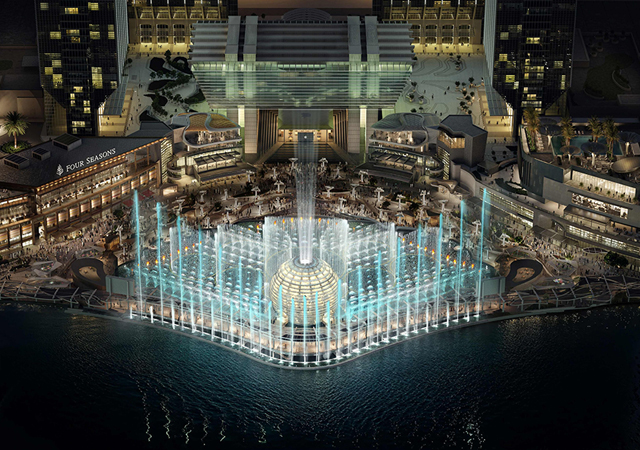
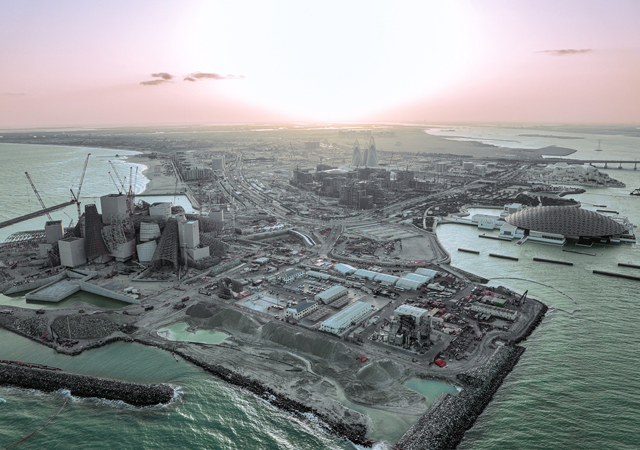
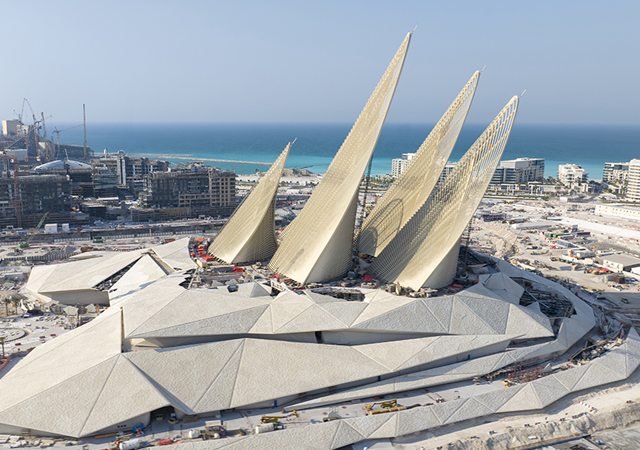
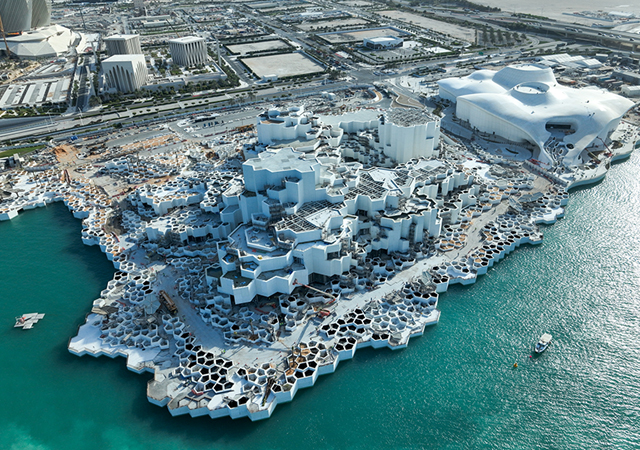
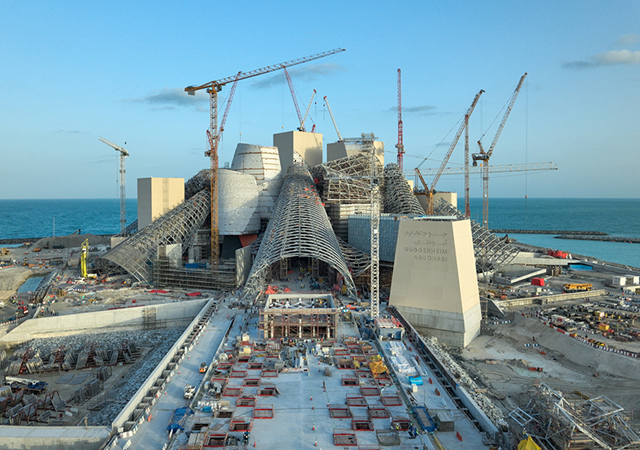
.jpg)
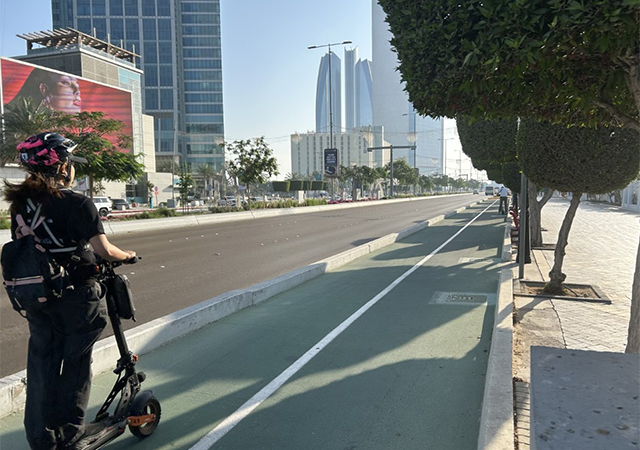
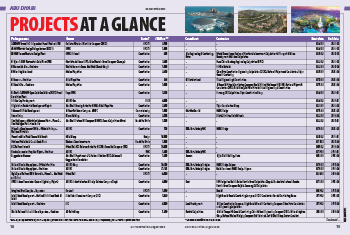


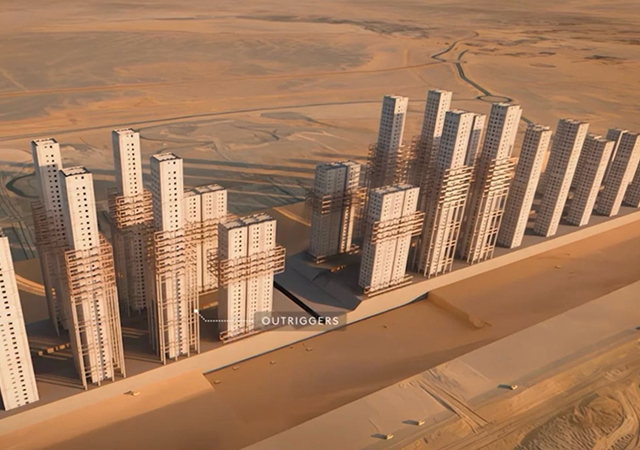
.jpg)
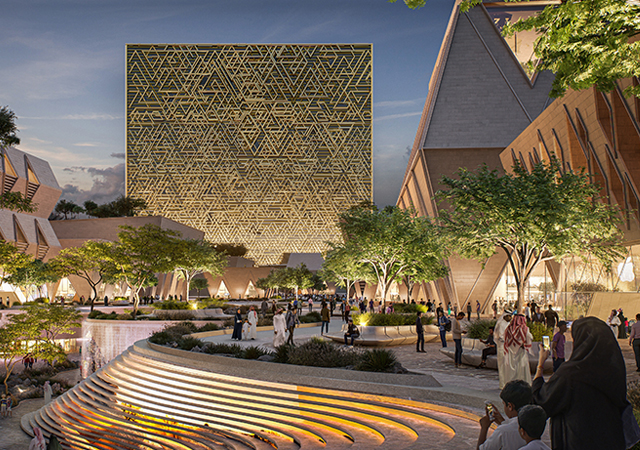
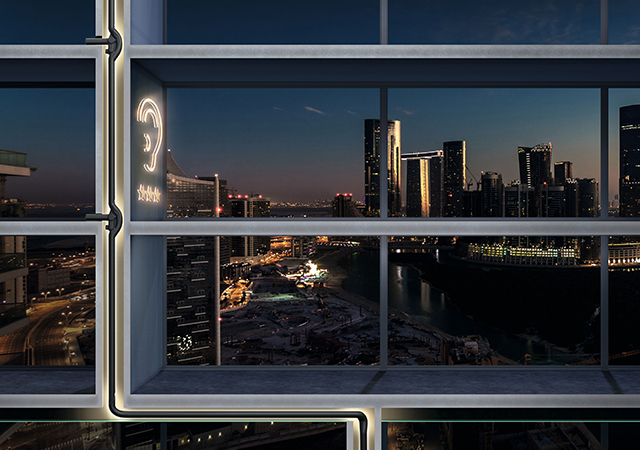
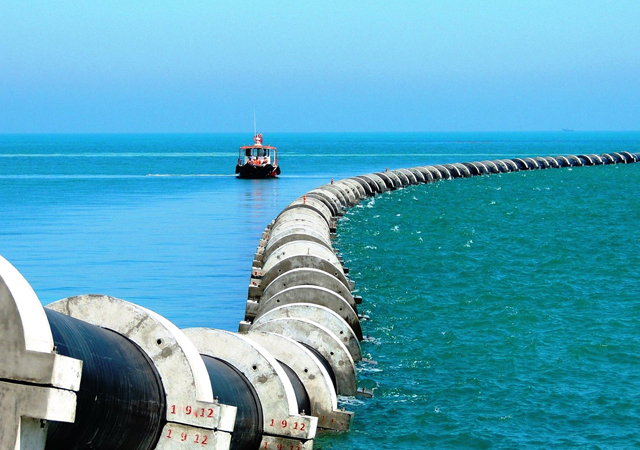


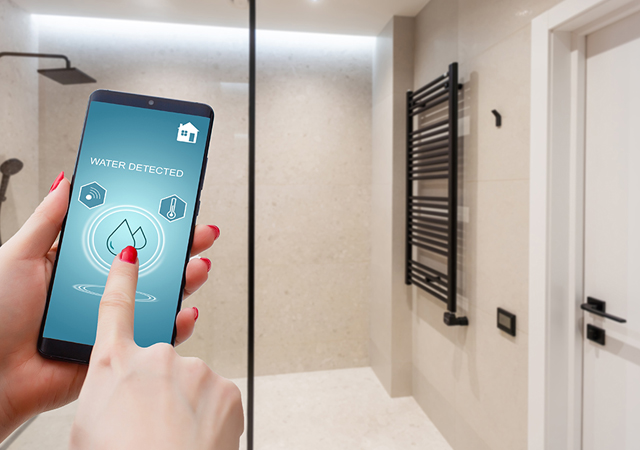
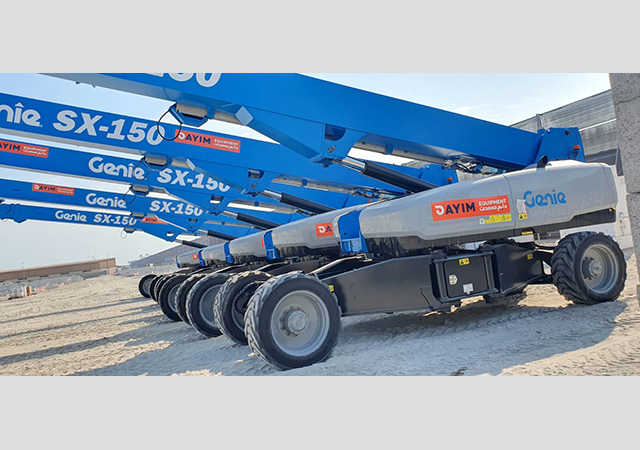
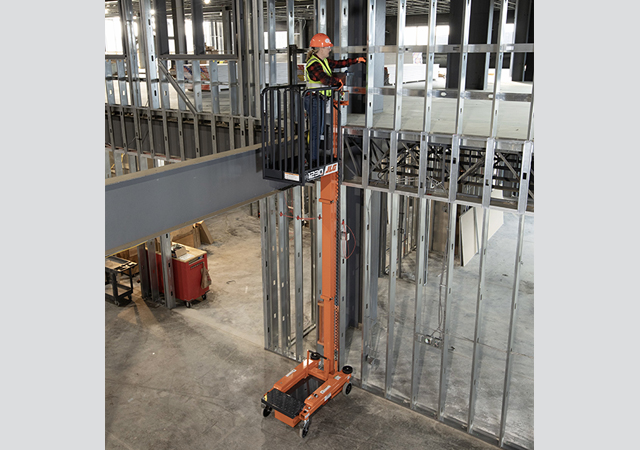
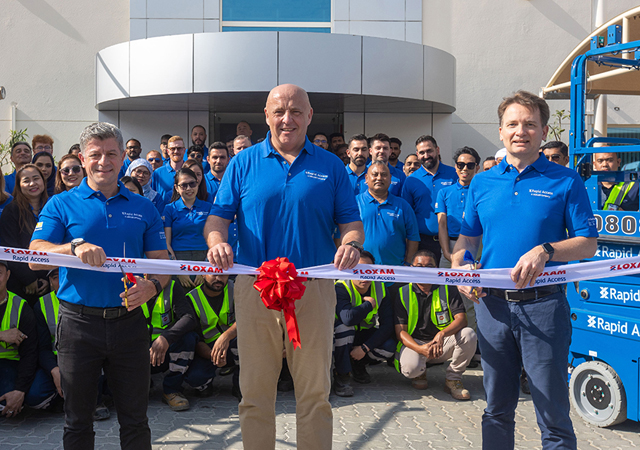
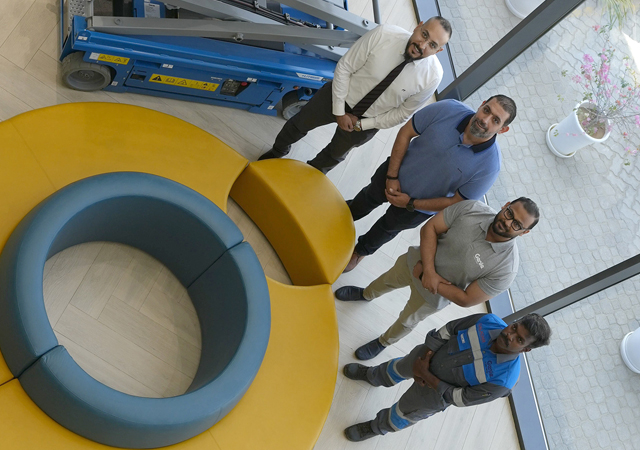
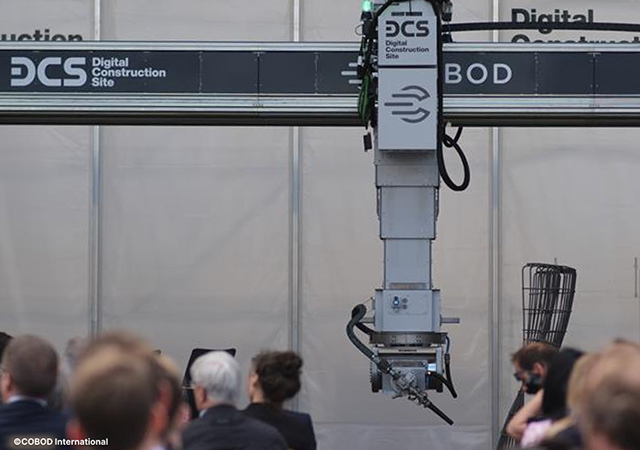
Doka (2).jpg)
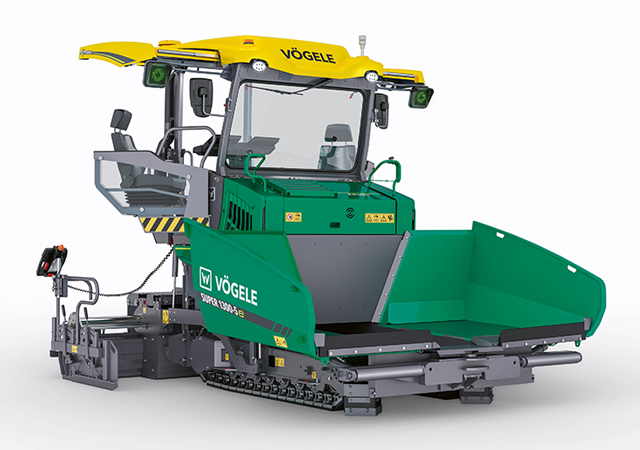


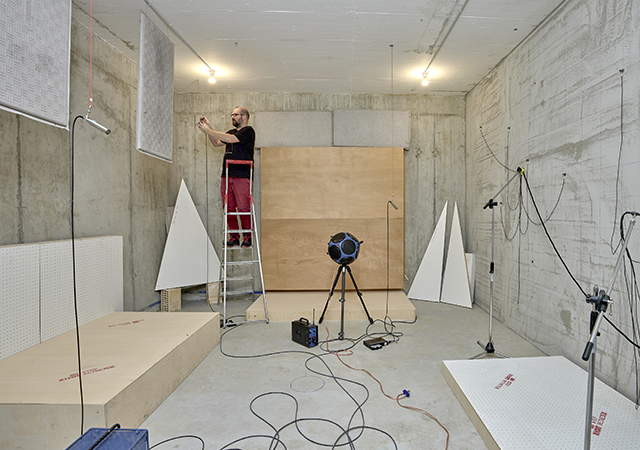
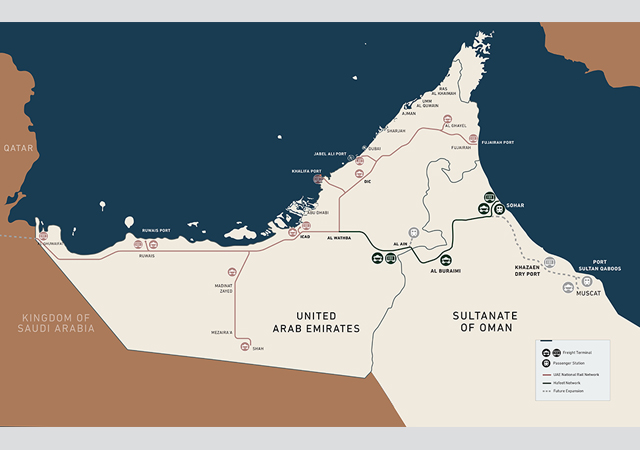

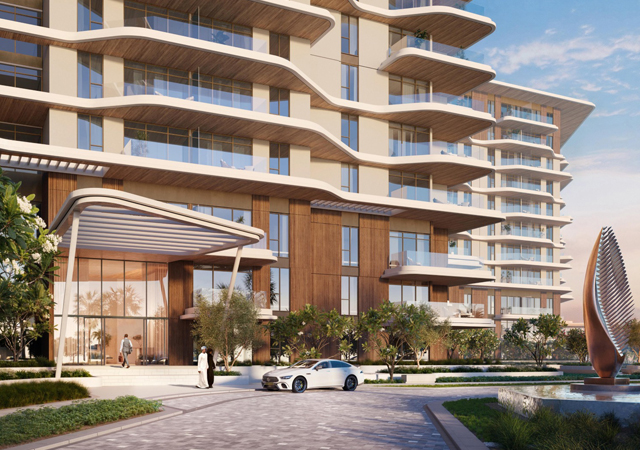

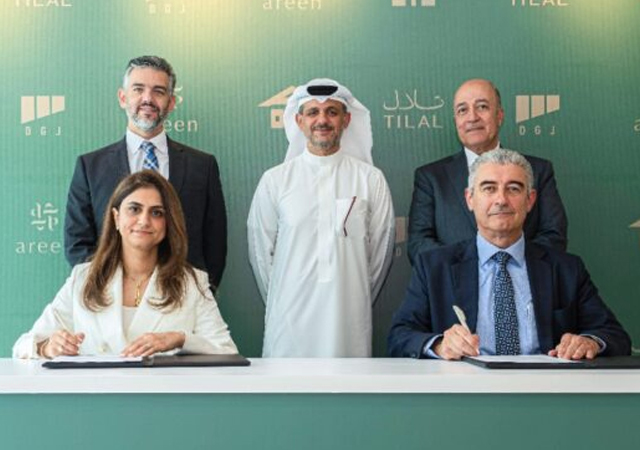
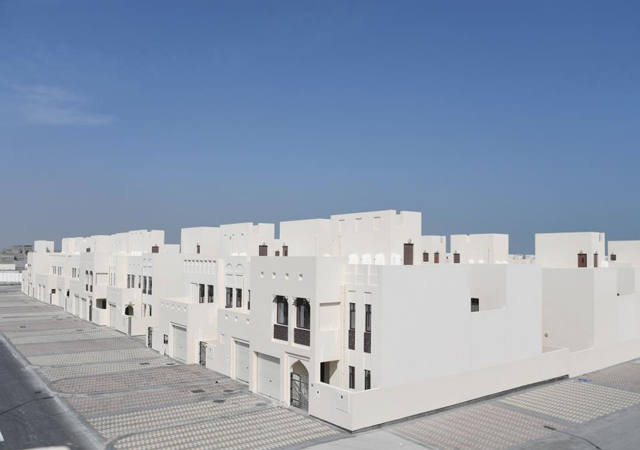
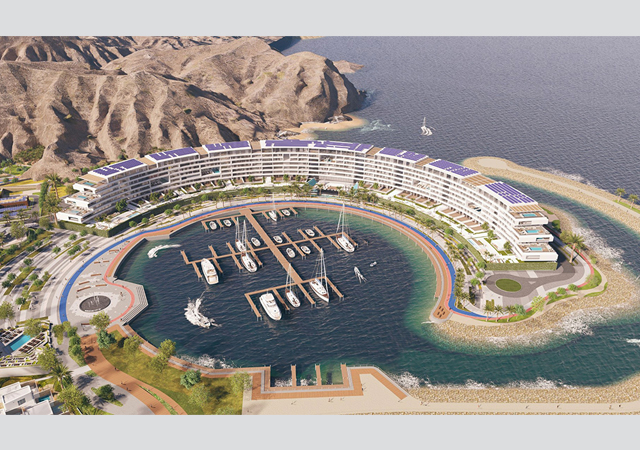

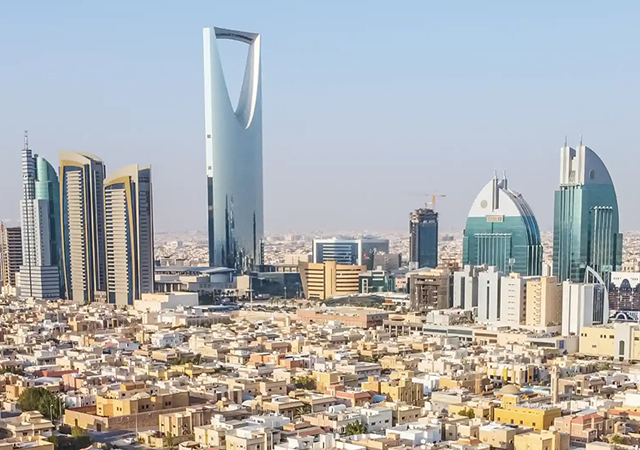
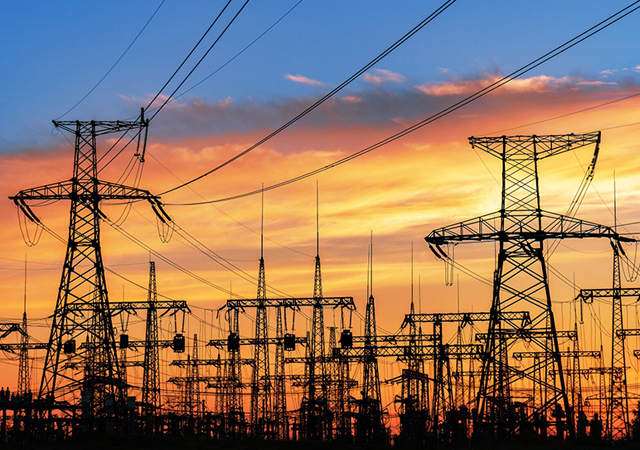


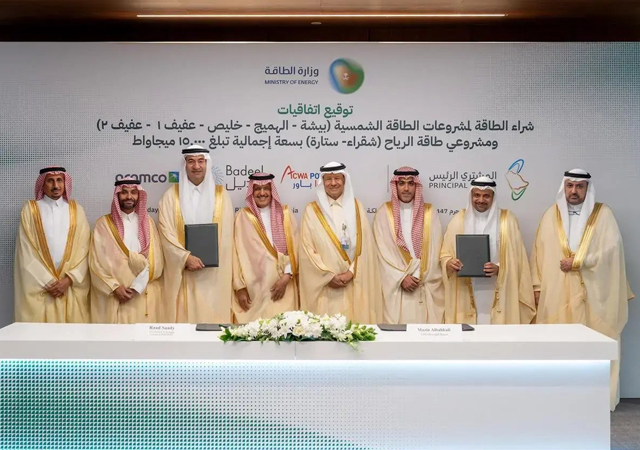


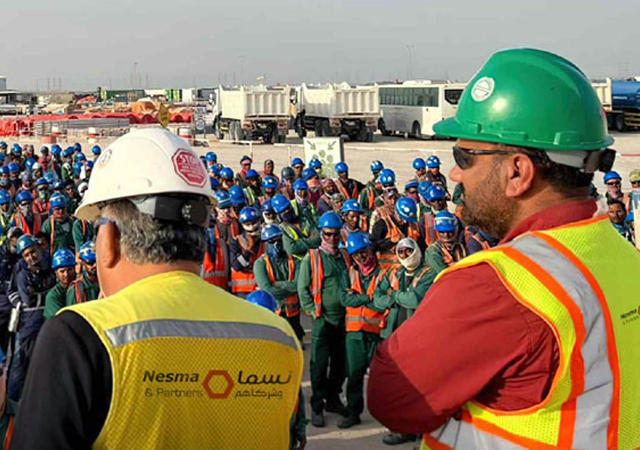

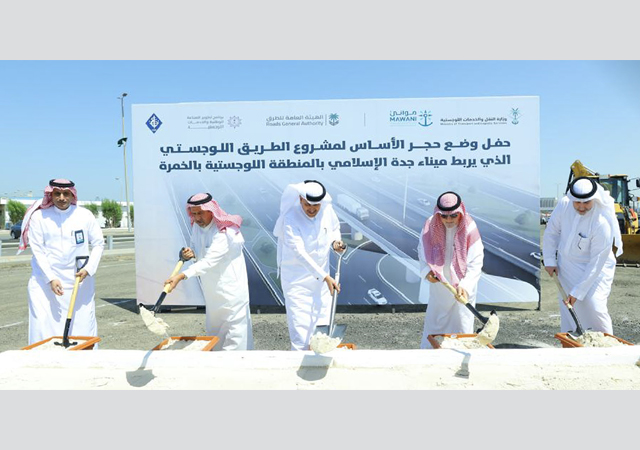
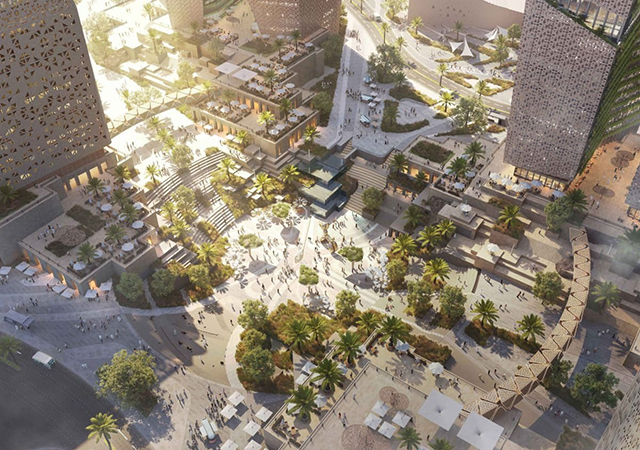

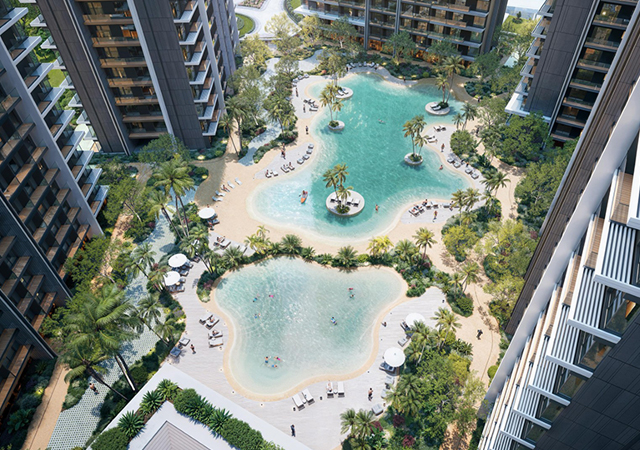
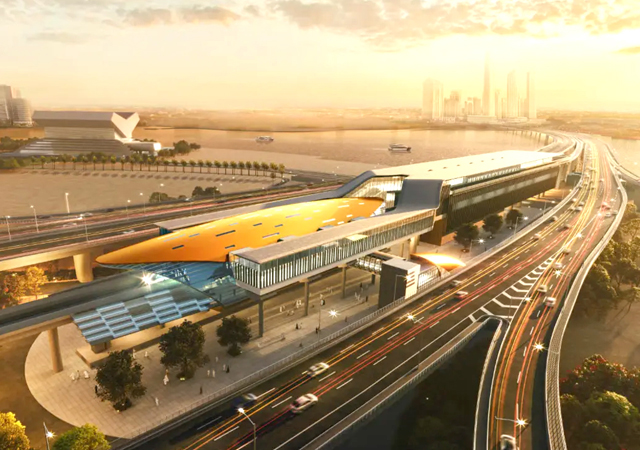
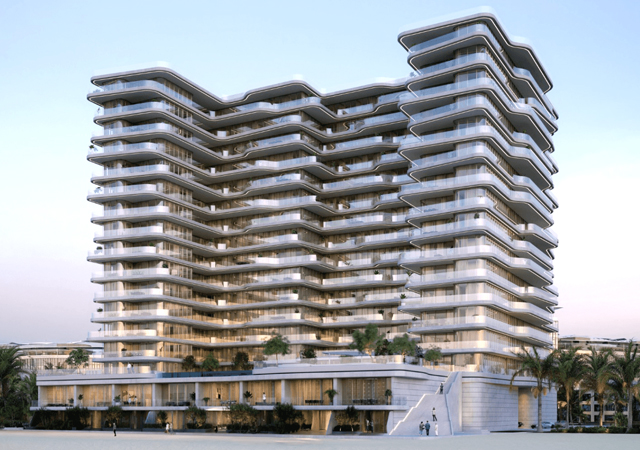
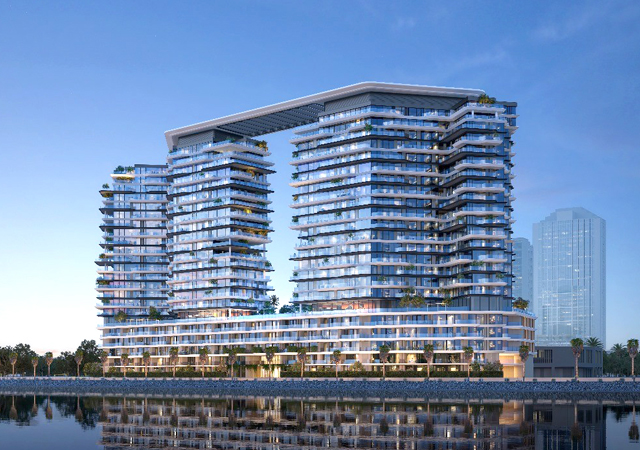
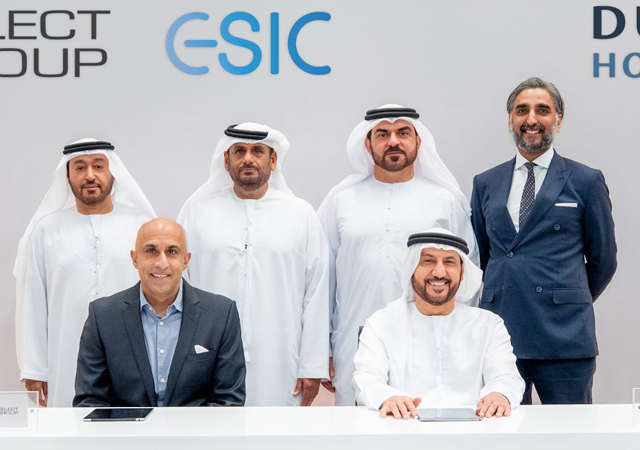
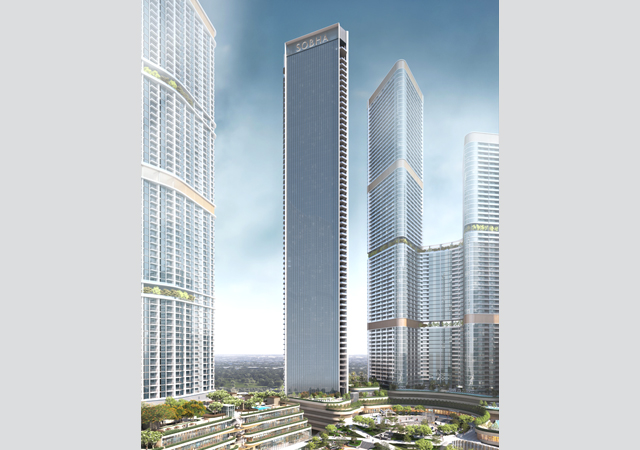
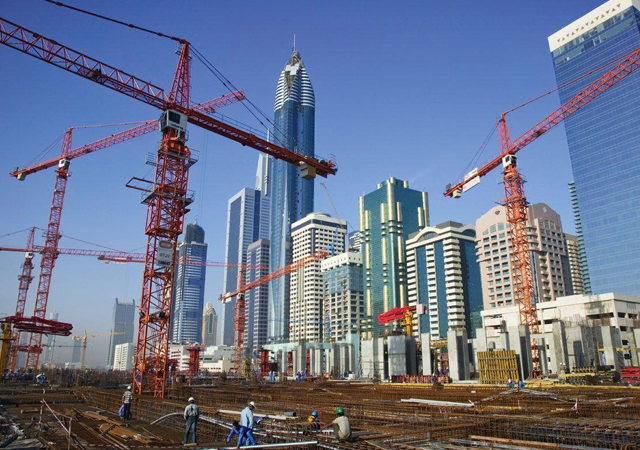



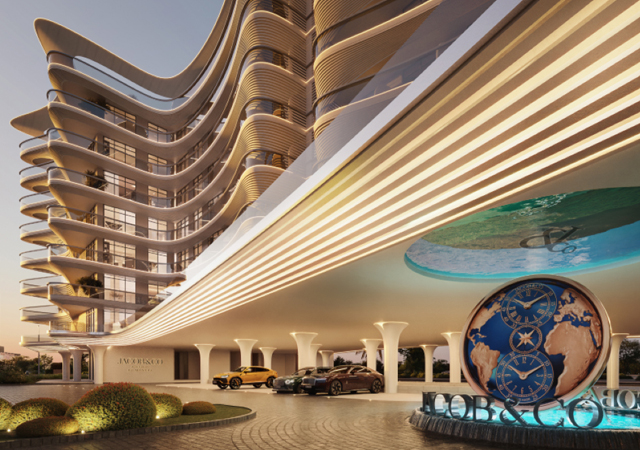
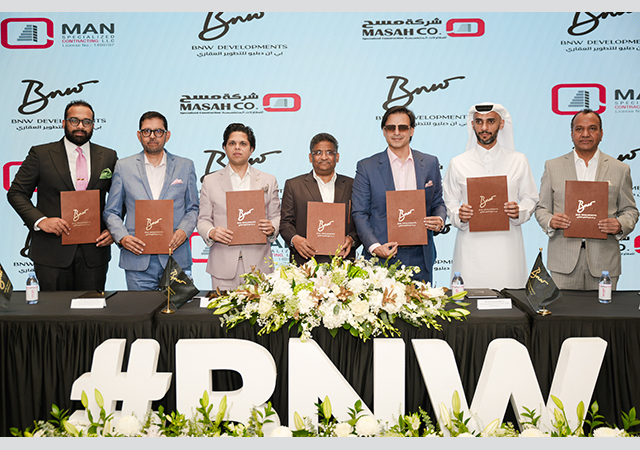
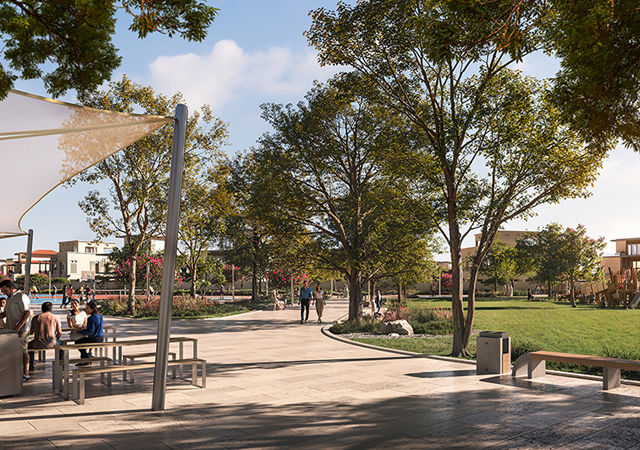
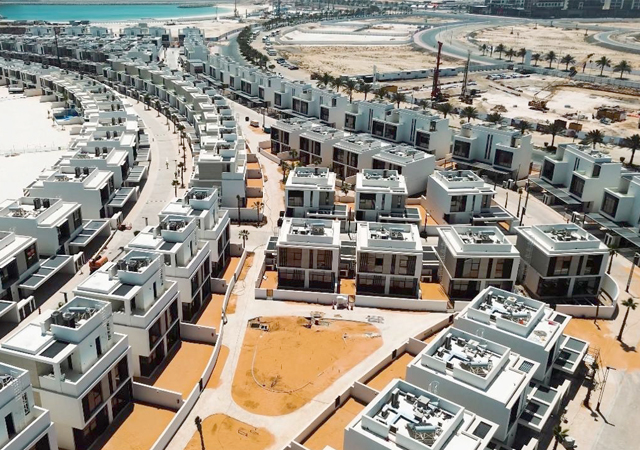
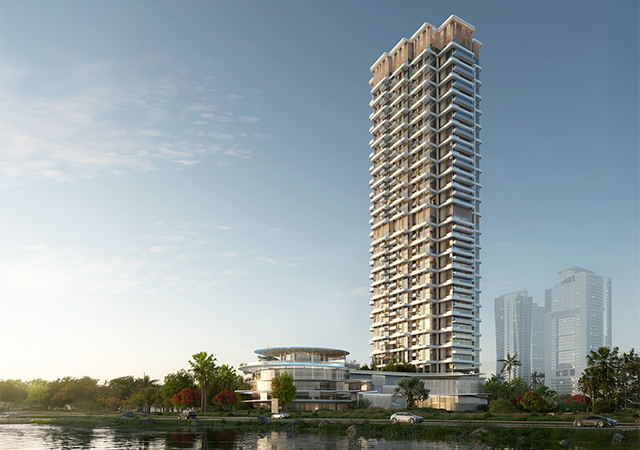

.jpg)
.jpg)
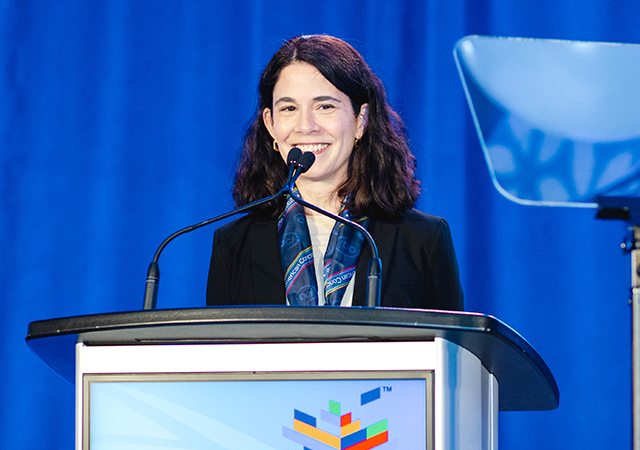
.jpg)
